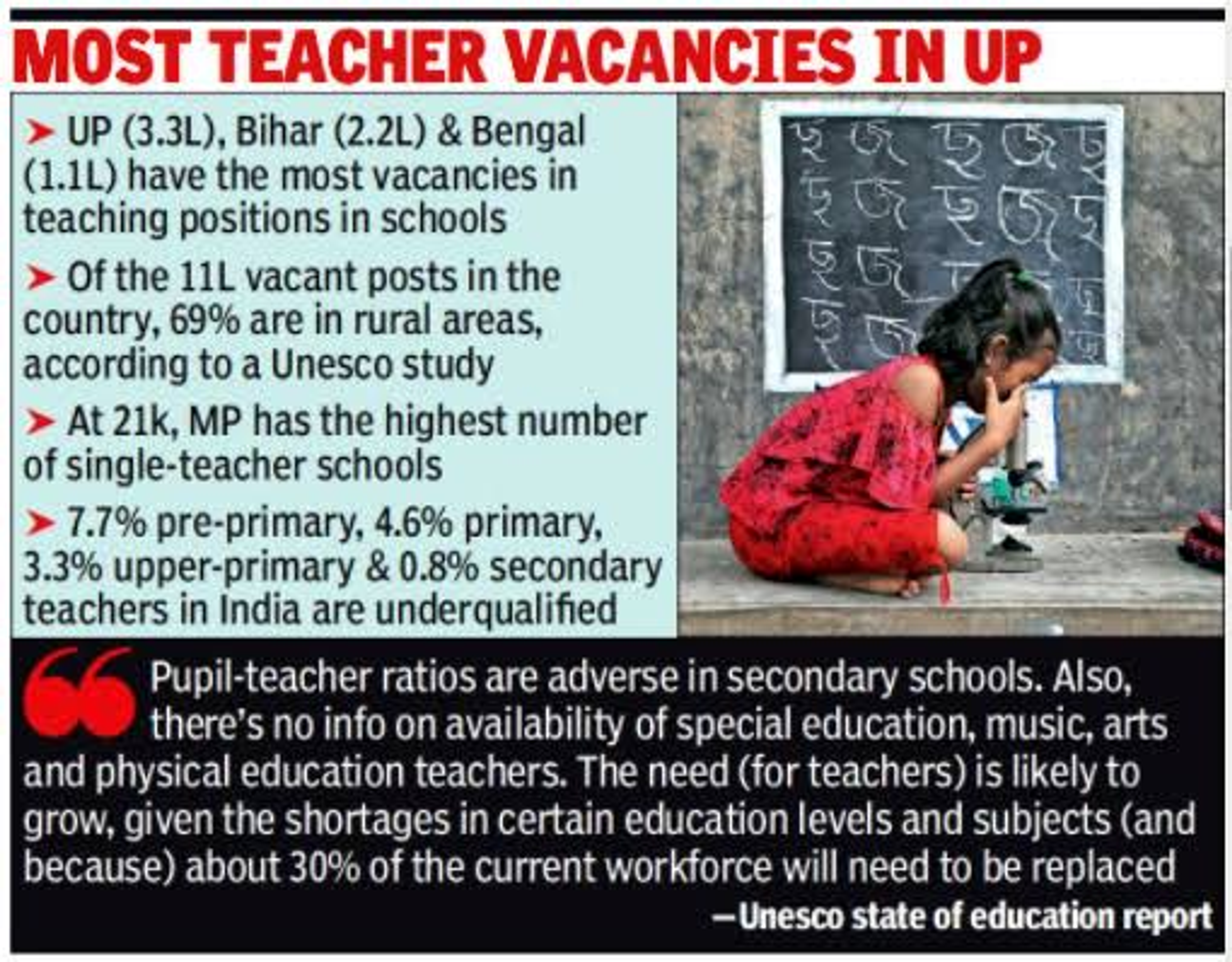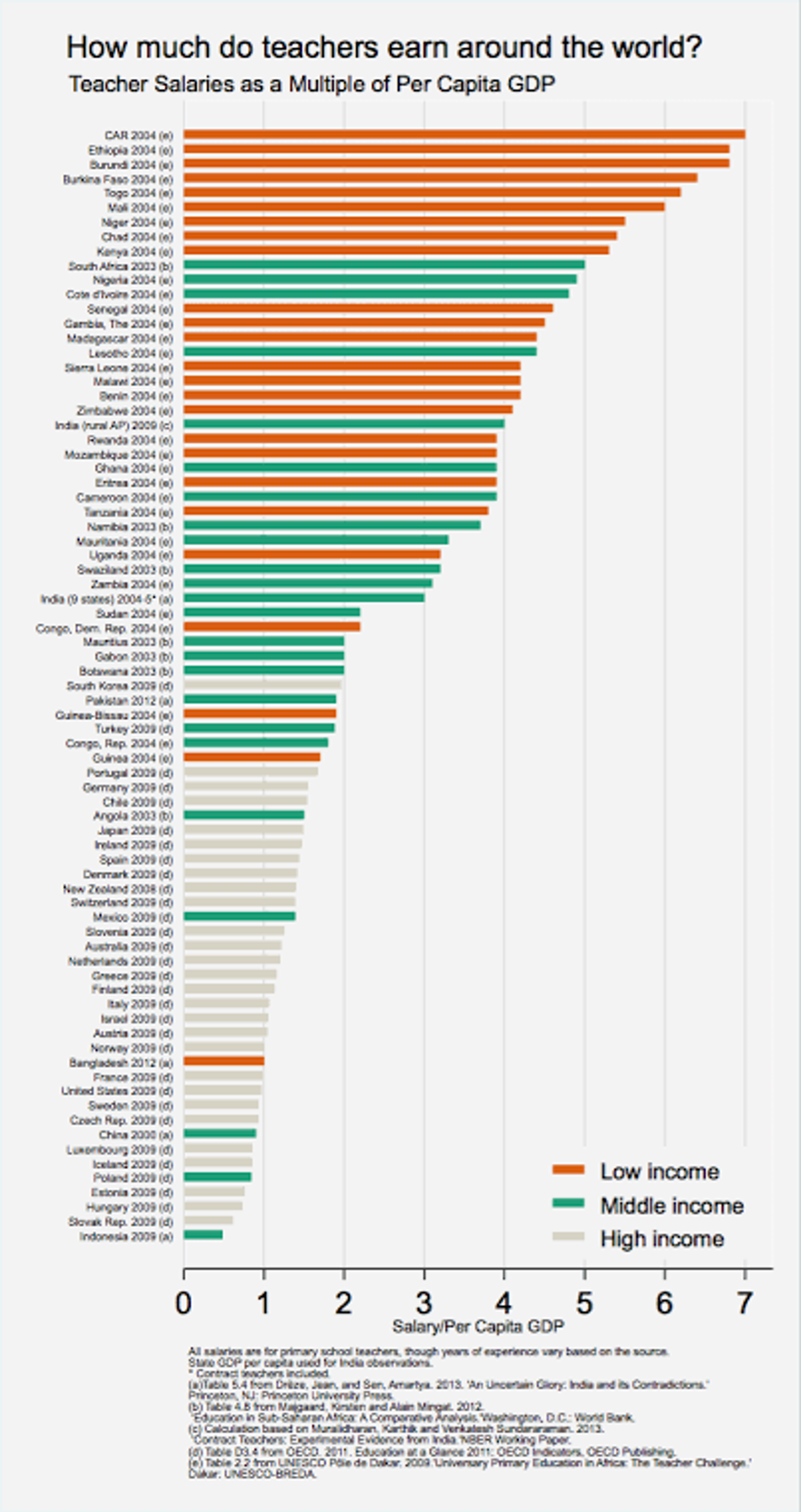Why the US Teacher Shortage Crisis is a Warning Bell for the Indian Education System
K R Swathi
Published
Teachers are God’s blessings for us. Throughout a student’s life, they multitask to fill many shoes, including those of a friend, a mentor, or a parent. For all that they do for us, our teachers don’t get the due they deserve. Alarmingly, this metaphor is gradually transforming into a real crisis in the United States, where the number of teachers leaving the profession is increasing every day.
The mass exodus of teaching and non-teaching school staff has shed light on how little America appreciates its teachers and how obvious this has become over the past several years, according to educators, education officials, and experts. There is unquestionably a morale and confidence crisis, especially in the wake of the pandemic. The idea that one can work hard, do good for kids, and have a fulfilling career as a teacher, has completely collapsed. However, it is important to note that the teacher shortage is not a problem endemic to the US alone.
Teacher Shortages Are Not New
A recent UNESCO report titled ‘No Teacher, No Class’ suggests a disturbing shortage of over one million teachers across schools in India, with over one lakh vacancies in Uttar Pradesh and Bihar, the highest in our country. To make matters worse, the state of teachers in the Northern and North-Eastern parts of the country is poor.

In fact, one can see a significant rural-urban disparity in the living and working conditions of teachers in our country. Access to well-equipped libraries and proper ICT-enabled tools is a luxury available only to teachers from well-connected towns and cities, while teachers from the heartland are forced to make do with the meagre resources available to them.
According to the research, 30% of the teaching workforce is employed in the private, unassisted sector, while 50% work for the government. The study also notes that although teacher availability has increased, student-teacher ratios in secondary schools remain unfavourable. Early childhood educators and teachers at private schools are at risk since many toil hard without contracts for meagre pay and offer no maternity or health benefits.
Why are Teachers Forced to Quit their Jobs?
The typical causes of teacher dissatisfaction are ever-present, but during the past five years, teaching environments have deteriorated for the worse. Unprecedented workload, increased responsibilities, unreasonable demands, student behavioural concerns, remuneration that hasn’t kept up with inflation, a lack of help from school administration, and parental support are some of the causes that force teachers to leave their jobs.

Although pay scales do play a role in a teacher’s decision to stay in the profession, historically speaking, they haven’t been the key determinant. There is a serious issue with the teaching force’s severe demoralisation. A lack of trust in teachers has also been building for decades as a result of constant regulations dictating what to teach and what not to teach as well as the absurdity of trying to measure everything.
At its heart, teaching is a creative profession, and curtailing the freedom to discuss certain topics in class inhibits teachers from having open discussions with their students, and making a real difference in their lives. Teachers value being given professional autonomy and disregarding this is demotivating for them. The added work pressure, although invisible, is a source of stress for teachers.
The Alarming Lack of Solutions
Back in 2001, when the teacher shortage was first predicted, representatives of teacher groups and teaching bodies suggested that increasing the salaries and honoring the prestige associated with the profession of teaching will help in attracting young college graduates to the teaching workforce. Sadly, teachers remain undervalued despite the efforts they put in for the students, and lawmakers aren’t taking any measures to combat the issue.

To combat the immediate shortage, several districts ask administrators or staff to fill in occasionally to cover extra classes. In other parts of the world, employers are recruiting instructors from job fairs, offering higher salaries, or luring professionals with four-day work weeks.
That being said, teachers have an inalienable influence on student progress more than any other component in the classroom. Experts caution that such rapid remedies could backfire if they choose teachers who are unprepared or unqualified. Perhaps the group most at risk from teacher shortages is the students. Their self-confidence will erode as their learning losses surmount, and their saviors will have left their jobs by the time the policymakers acknowledge the problem.
K. R. Swathi is a student pursuing English Literature from Jamia Millia Islamia.
Edited by: Maria Aqdas




